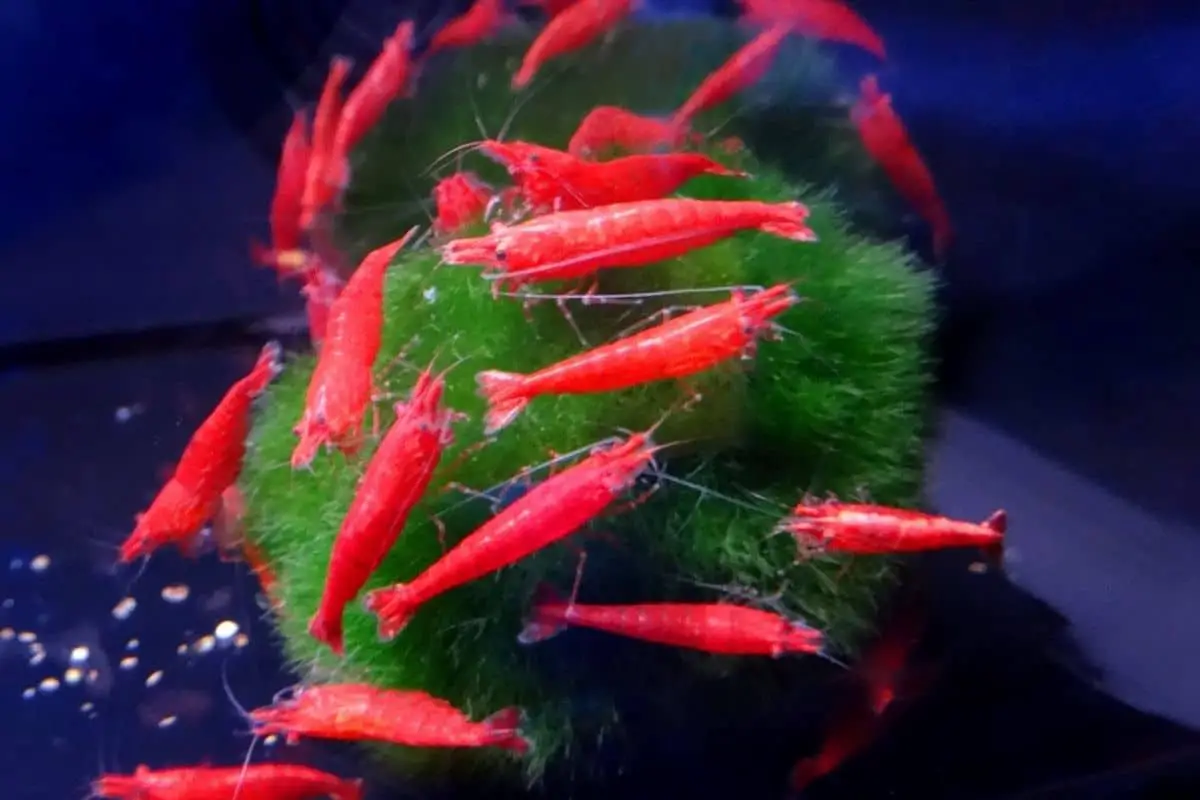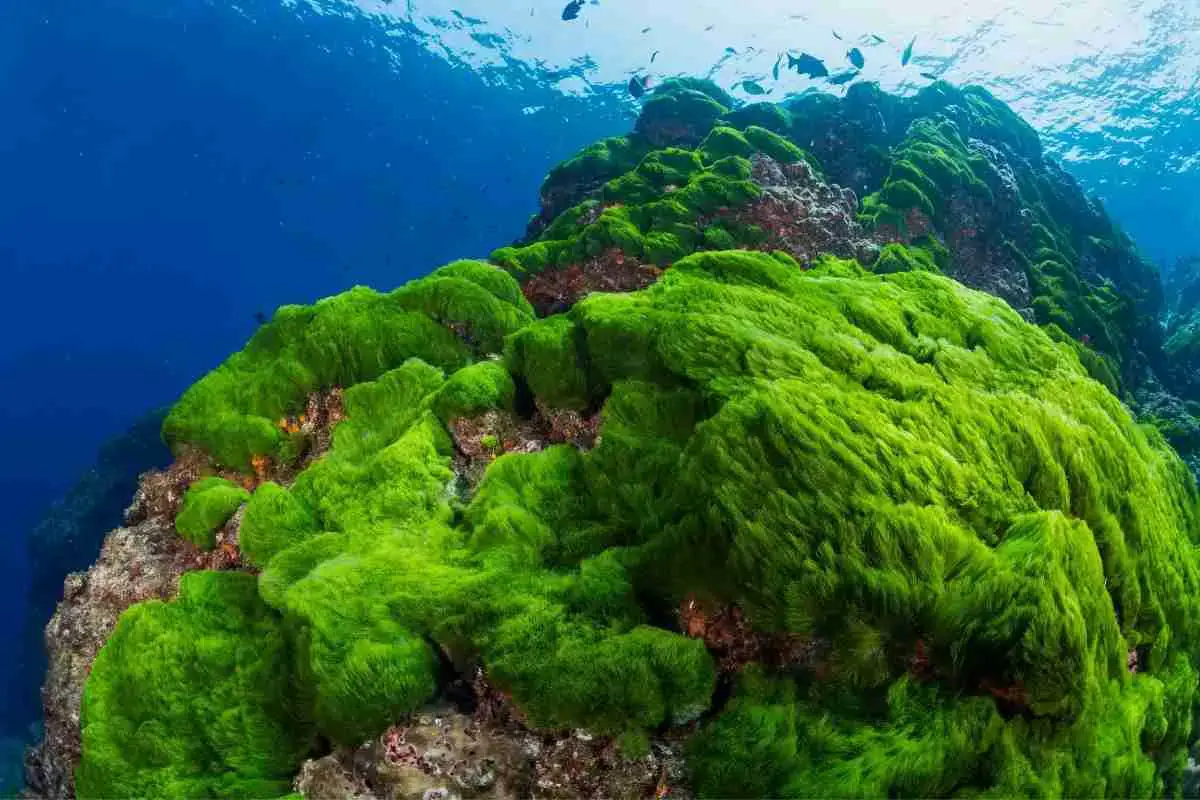
What Does Algae Eat? Algae’s Unique Eating Habits
Read more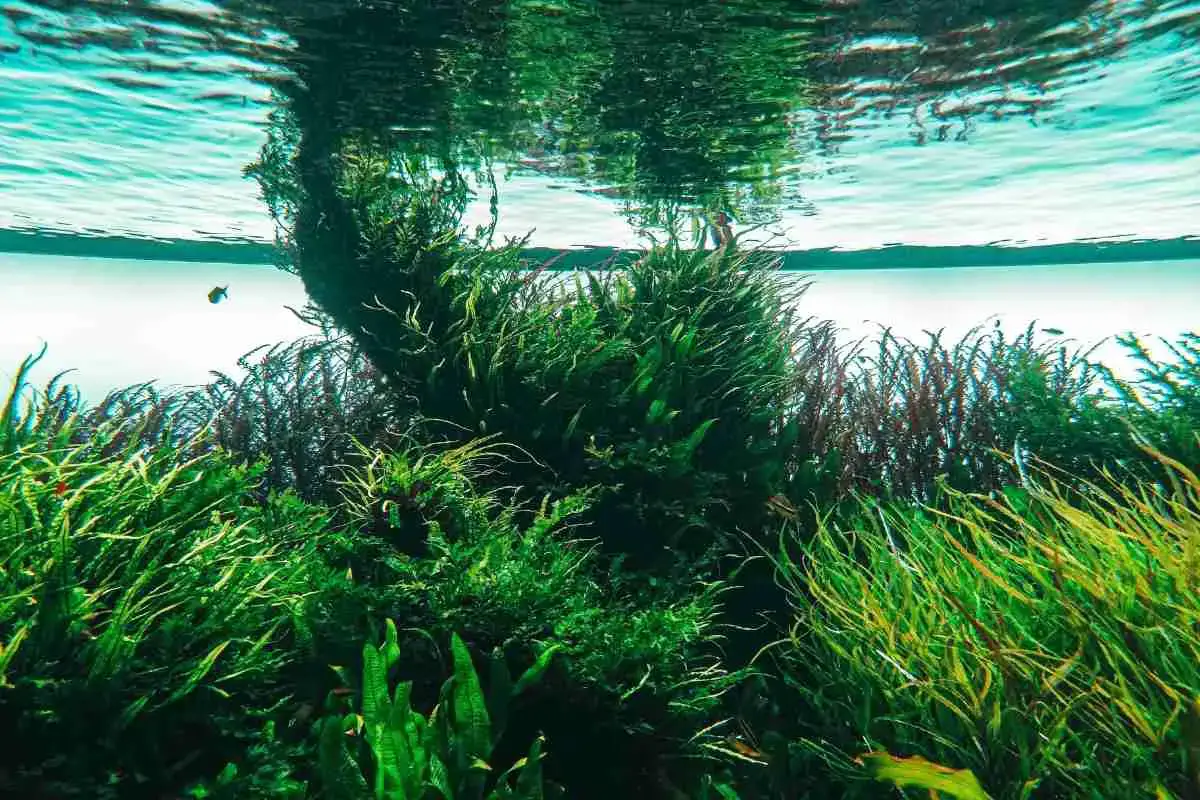
Is Algae A Decomposer? The Surprising Truth!
Read more
How To Remove Moss From A Roof With Vinegar?
Read more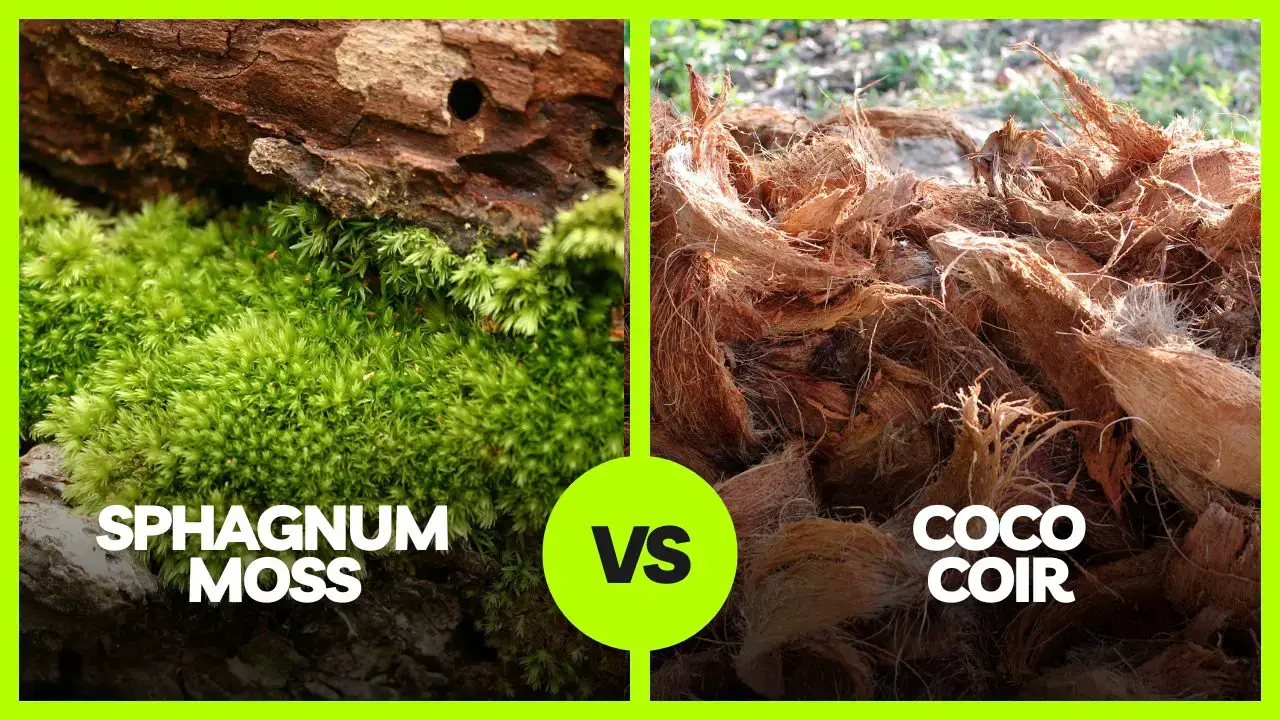
Sphagnum moss pole vs Coir pole. Which one is best for your houseplants?
Read more
How To Preserve Moss? In 5 Steps!
Read more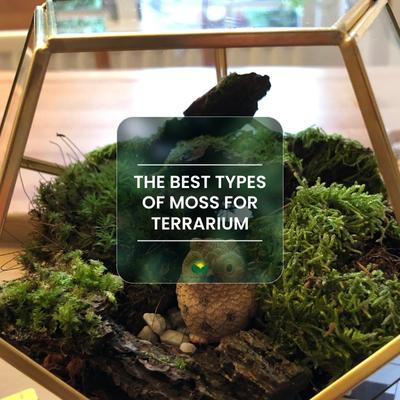
The best types of Moss for Terrarium. How to Choose, Grow and Care
Read more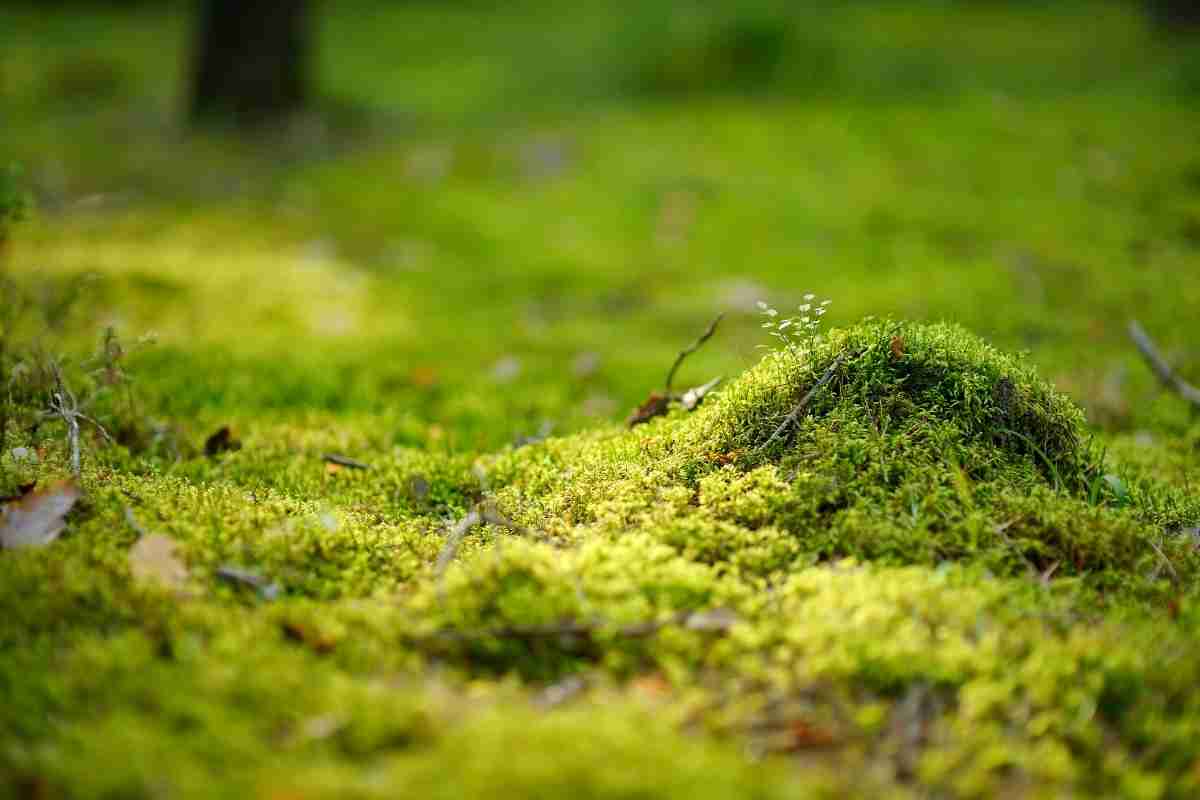
How Fast Does Moss Grow? Detailed Guide
Read more
16 Benefits For Having A Moss Ball In An Aquarium
Read more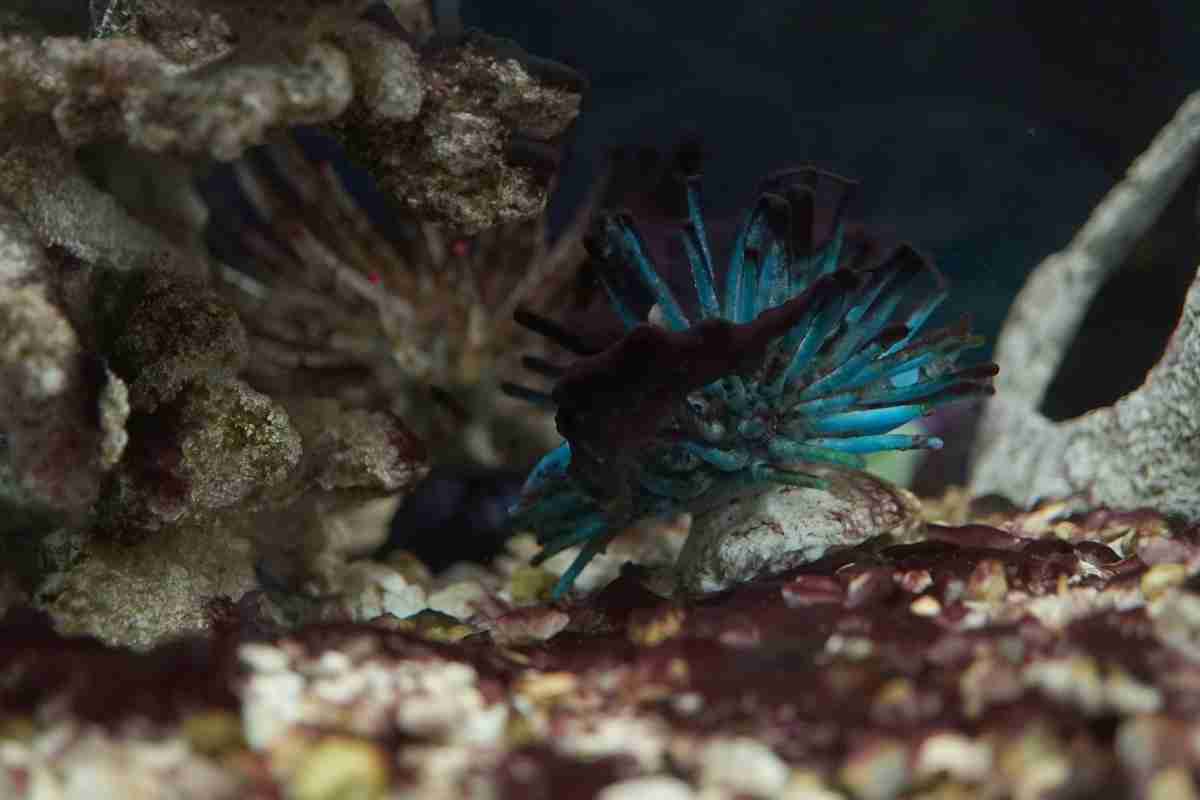
How To Get Rid Of Brown Algae In My Saltwater Tank?
Read more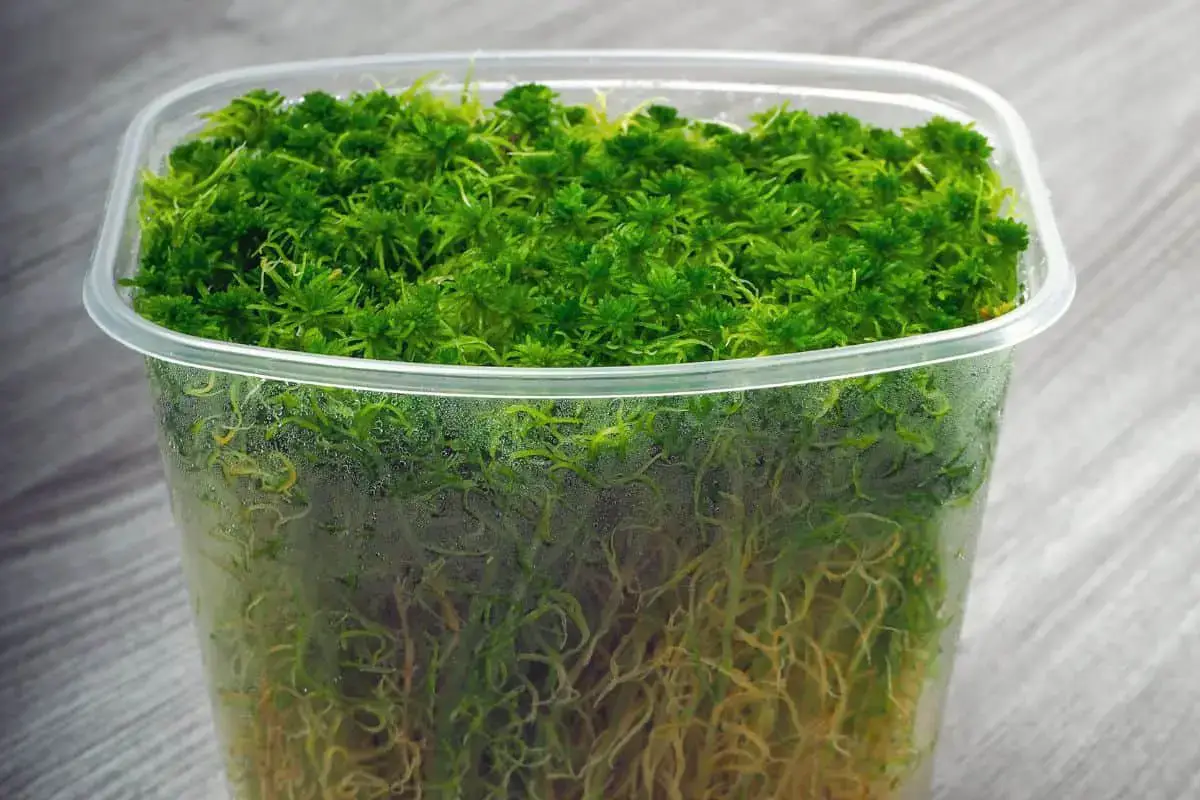
Can Sphagnum Moss Grow Underwater?
Read more![The Dark Side of Moss. What side of the tree does moss grow on? [Simple Explanation]](/img/side-of-the-tree-does-moss-grow-on.jpg)
The Dark Side of Moss. What side of the tree does moss grow on? [Simple Explanation]
Read more